Dan's Story
During the summer of 2007, after his sophomore year at Yale University, Dan Lewis was riding in a 4,000 mile bicycling challenge to raise funds and public awareness for Habit for Humanity. The event started at the edge of the Long Island Sound and was planned to end when the cyclists crossed the Golden Gate Bridge. Dan’s group of roughly 30 students cycled about 70 to 80 miles per day and gave talks about the mission of Habitat for Humanity each evening. They took a break from riding on Sundays to assist on a Habitat for Humanity local build project. On July 7, 2007 roughly six weeks into the ride and just past the 2,000 mile mark, Dan was struck by a speeding teenage motorist resulting in catastrophic injuries including severe traumatic brain injury. The accident occurred in western Kansas less than two full riding days from Dan’s family home in Denver where his family eagerly awaited his arrival along with his fellow cyclists.
Dan was flown by a Flight for Life helicopter to a hospital in Wichita, Kansas where he was quickly rushed into surgery. His parents, Hal and Jeanne, were notified of the accident mid-day and left for Wichita almost immediately by car since there were no more flights from Denver to Wichita that afternoon. During the 8 hour drive, each frantic hourly call was answered by the hospital operator “…still in surgery”. Finally, at 11:30, the operator provided an update… “he’s been moved to the Neuro Intensive Care Unit”. What a wonderful message, it meant he had survived. We wept tears of joy and pain on and off for the next half hour, finally arriving at the hospital almost exactly at midnight.
During the next four weeks, Dan endured many surgeries to address his brain trauma, many internal injuries, and many broken bones. Survival was iffy and many of the specialists and intensivists advised us to “let him pass”. Dan was in a coma, his vital signs fluctuated dramatically, and several indices of severe damage to his brain were constantly present on the multiple monitors that beeped and rang almost non-stop. Dan’s sister, Katie and his brother, Peter flew to Wichita for two days of family discussion and decision making about their older brother. One of the most experienced nurses empathized with us regarding the decisions we faced, telling us “if he survives, you’d better strap yourselves in because it’s going to be one helluva roller coaster ride”. Without hesitation, we strapped ourselves in.
Nevertheless, Dan came through all of the surgeries and special procedures. After four weeks and still in comatose state, Dan was deemed medically stable enough to be flown back to Denver on a private medical jet. After the plane landed at a small airport to the south of Denver, Dan was rushed to the University of Colorado Health Sciences Center where he was admitted to University Hospital. For the next 11 months, Dan was an inpatient at 5 different hospitals that were able to deal most appropriately with sudden medical emergencies and or surgical needs as they emerged. He gradually re-gained a level of consciousness which allowed him to be admitted to Craig Rehabilitation Hospital (Denver) one of the country’s best hospitals for treatment, rehabilitation, and research for persons with spinal cord injuries and brain injuries.
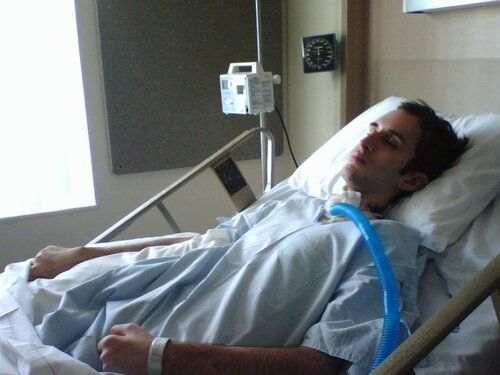
Toward the end of May, 2008, the staff at Craig told us that Dan could be discharged to home in about six weeks. We had been fervently hoping this day would come but couldn’t be sure if it ever would. Our excitement catalyzed the frenzied activity of getting our home ready for Dan’s return. This meant adding two rooms and a bathroom to the main floor of our house so that Dan could be cared for appropriately and that his family, nurses, attendants, and therapists would have the supplies, equipment, and space to be effective and comfortable as they worked with Dan. An architect and a wonderful contractor were engaged quickly and the addition to our home—“Dan’s wing” so to speak—was completed on time. A swarm of Dan’s friends, including several of his public school teachers from many years back, and family friends came to paint, put on finishing touches, move furniture and equipment, and build a ramp and a deck outside of his room.
Dan’s mother, Jeanne Dise-Lewis, passed away in September of 2014. Jeanne was the head psychologist for many years at Children’s Hospital of Colorado, Department of Rehabilitation. She earned the great respect and affection of her patients and colleagues, was the central developer and author of the nationally recognized BrainSTARS program, which helped teams of parents and school personnel adjust their programs for children with brain injuries. She worked tirelessly to provide the best possible environment for Dan’s recovery, and was his champion for many years.
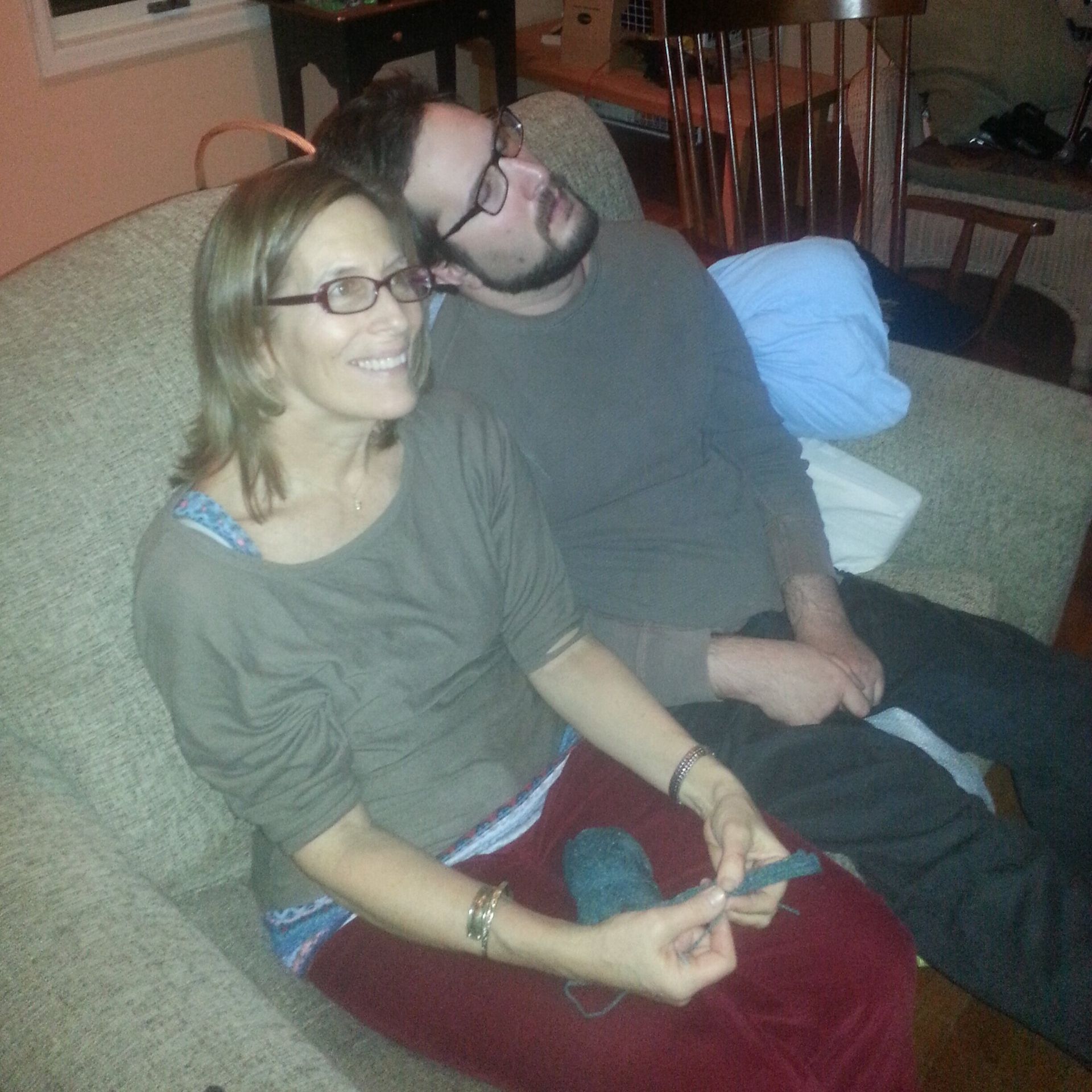
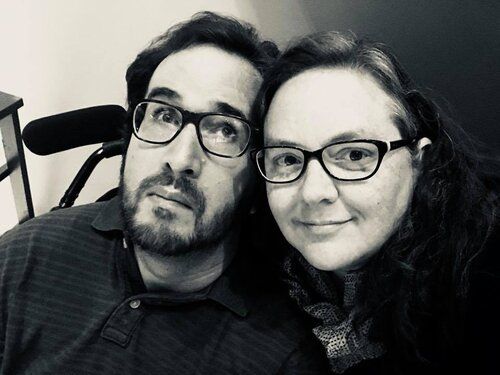
In late fall of 2014, a longtime family friend, Kristen Gray, joined Dan’s team as Dan’s lead therapist, team coordinator, and all-around organizer of Dan’s life. Kristen has a master’s degree in special education with specialization in assistive technology, communication, and literacy. She puts her extensive experience to wonderful effect in her work with Dan by helping all of Dan’s staff to maximize the quality of their interactions with Dan and by marshaling technology to improve Dan’s mobility, cognition, communication, and creativity. Kristen is an inspiring teacher, effective leader, and treasured friend.
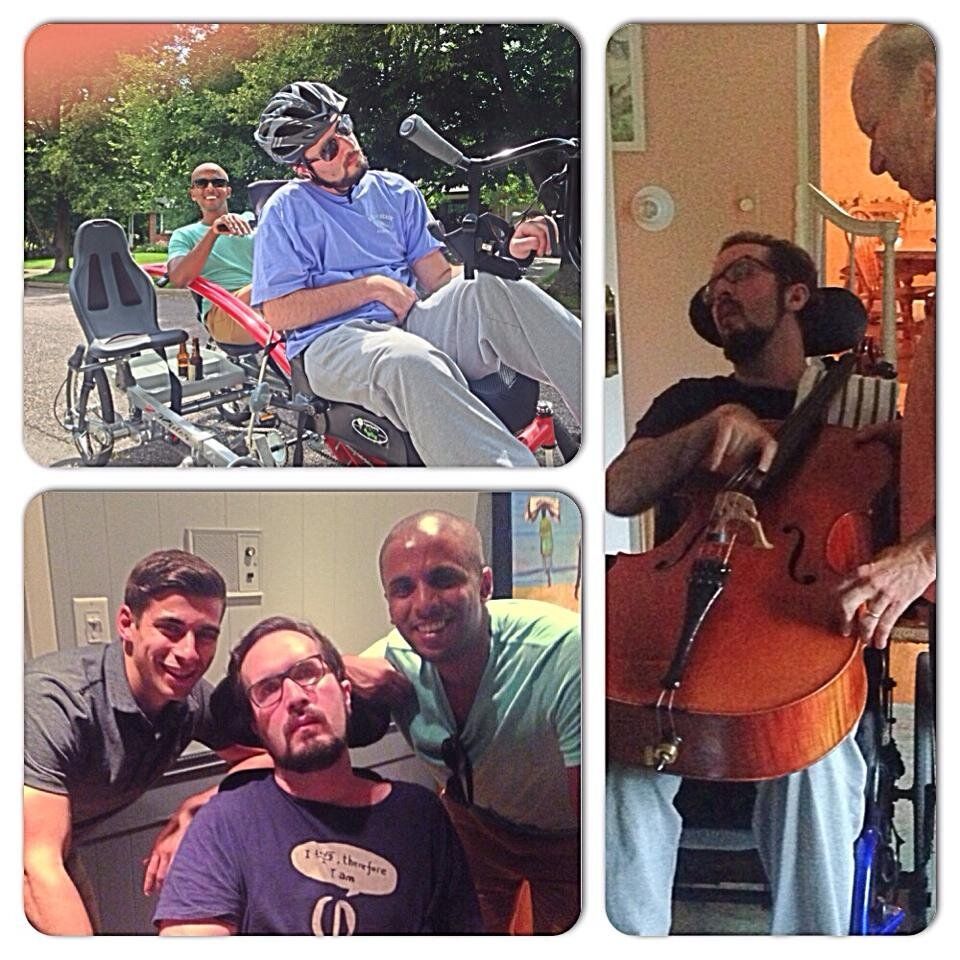
Over the years since Dan’s return home from Craig Hospital in late July, 2008, and despite early dire medical opinions about survival and prognosis, Dan has endured and slowly recovered rudimentary abilities. Of course, there have been medical ups and downs - some more concerning than others - and a string of routine procedures that need to be repeated on a regular basis. But Dan has fought through it all. Dan is basically healthy now, is able to do some simple reading, spelling, addition and subtraction, and can respond successfully to about 25 directions given to him verbally. He is able to speak single words and some short phrases. He can pluck some very basic patterns on his cello and can use his bow with minor assistance (prior to the accident he was an award winning young cellist). He participates in a weekly music class and is a key member of Spoke N Motion, an inclusive dance troupe that has several dancers who use wheelchairs. Dan has morning sessions with a life skills trainer each weekday and enjoys going to theatre performances, movies, and concerts of the Colorado Symphony on a weekly basis (except during the COVID19 crisis).
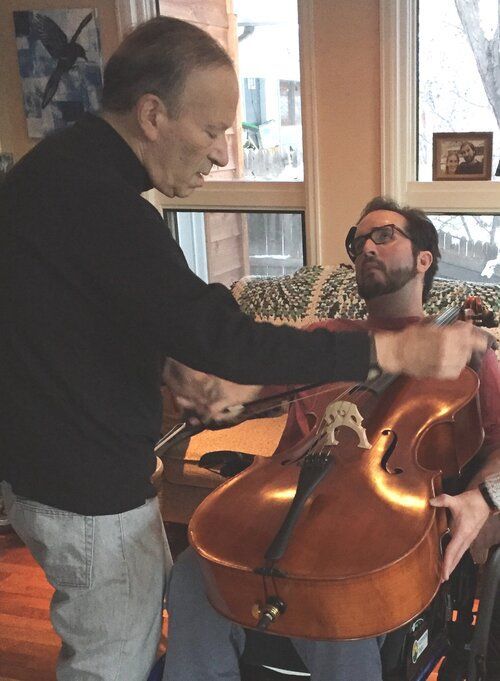
Despite the substantial and rewarding progress that Dan has made, the damage to his brain severely limits his everyday life and he remains almost entirely dependent on family members, therapists, and attendants who care for him. The promise of Dan’s active, productive, creative life has been irrevocably altered. The Dan Lewis Foundation is based on the hope that advances and innovations in biomedical science— like small molecule medicines, genomically targeted nucleic acid medicines, and induced pluripotent stem cells — may one day lead to better outcomes for Dan and tens of thousands of other individuals with moderate and severe brain injuries.
